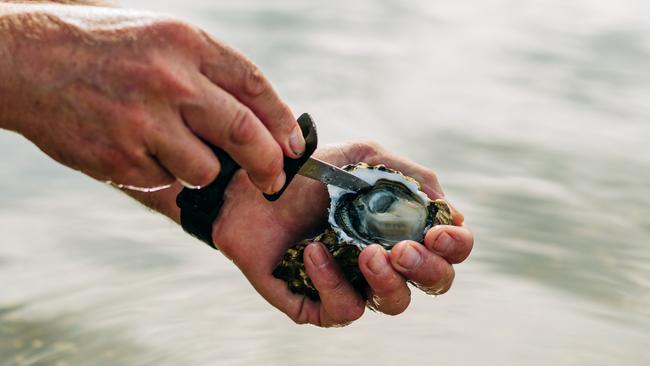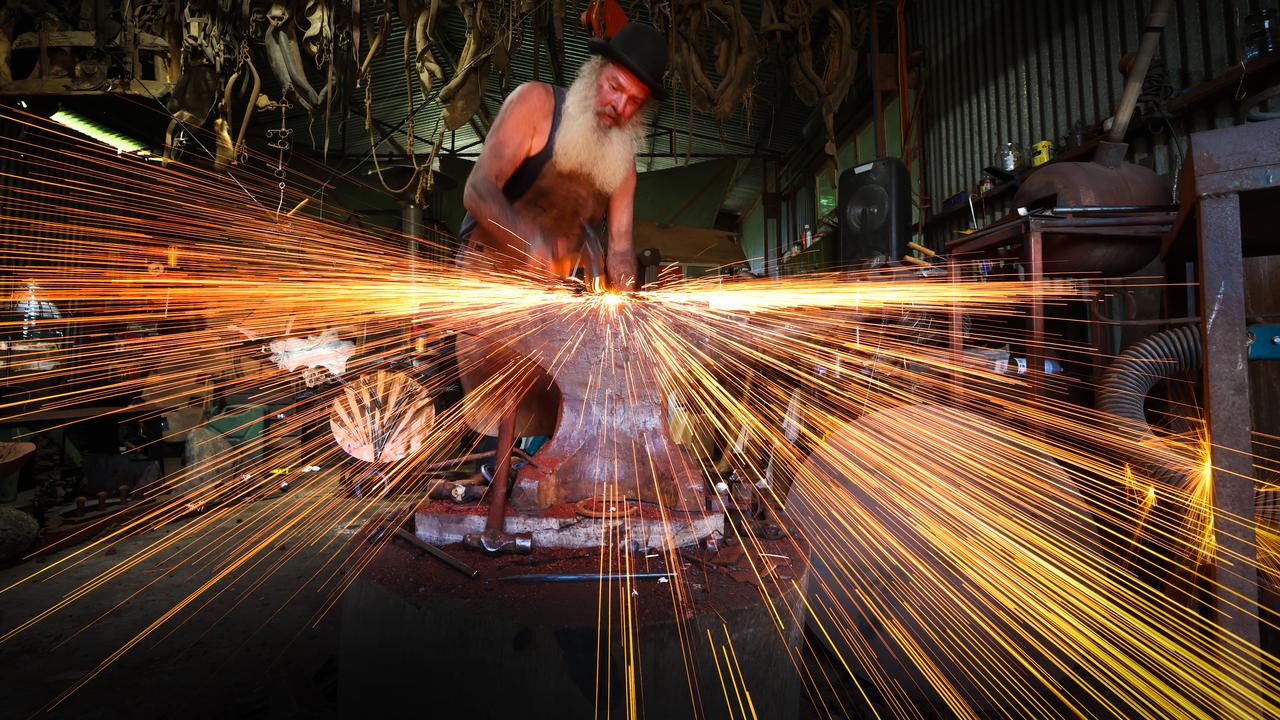World of your oyster
South Australia’s Eyre Peninsula is a plane ride or a 650km drive from Adelaide — and for any oyster lover it’s a pilgrimage.

A friend texted the other day to offer me some oysters. Fantastic, I thought; I wonder where he got them? It was slightly disturbing to learn he had them at home, in his freezer. Mmm.
It’s fair to say that oysters are not really a strong part of the food culture over here in WA, outside the big city anyway, despite an emerging rock oyster industry in Albany. But I grew up a Victorian, which to my way of thinking put us in the box seat: rock oysters from the south coast of NSW, Pacifics from Tasmania and South Australia. Fresh, not frozen; shucked as required; served with good dark bread and quality butter, a squeeze of lemon or a mignonette made with good vinegar. I’m a traditionalist, or narrow-minded, your call.
Some of Australia’s best seafood comes from remote places. I’m thinking Skull Island prawns, Cone Bay barramundi, Port Lincoln tuna, Coffin Bay oysters. These are not places you simply stumble upon. South Australia’s Eyre Peninsula is a plane ride or a 650km drive from Adelaide, but for any oyster lover it’s a worthwhile pilgrimage. The village of Coffin Bay is to Pacific oysters what the Côte de Nuits is to pinot noir grapes. And then you’ve got Smoky Bay, Cowell, Streaky Bay and Denial Bay too.
These places are perfect for growing Pacifics with the right balance of attributes we oyster lovers look for: brine, creaminess, sweetness, minerality and umami. Which of course means they go well with a glass or two of dry white wine, such as a French muscadet or a Frankland River riesling.
And whether we’re talking rocks from NSW’s south coast or Pacifics grown in Tassie or on the Eyre, every oyster is a reflection of three key factors: species, environment and husbandry. What makes a good grower, the “husbandry” bit? “Just showing up,” says Brendan Guidera, who reckons he’ll sell about five million oysters this year under his Pristine brand from nine leases around Coffin Bay and Cowell. “You gotta be there most of the time. Things can go pear-shaped very quickly.”
And so Guidera spends a lot of time at work, taking water samples and constantly inspecting the product. “I eat oysters for breakfast every day,” says the shrewd/laconic grower, an industry leader. “I guess it’s the husbandry I’m reasonably good at. You get a bit of a feel for it. You get a buzz from it working, when the oysters are happy.”
Guidera says his oysters are “very particular” about the type of algae they’ll feed on, and it’s his job to make sure the oysters are exposed to the right water with the right algae. “There’s only a small percentage of the SA coast that’s really suitable,” he says. It’s about the right topography, water that “holds” its nutrients, and climate.
What about frozen, Brendan? Is it a thing? Over the telephone I think I hear his eyes roll.
lethleanj@theaustralian.com.au


